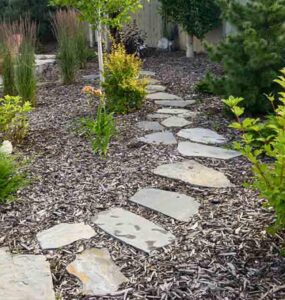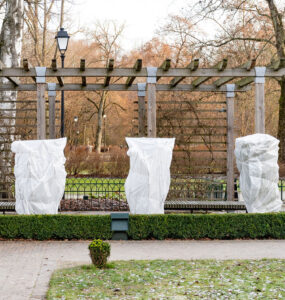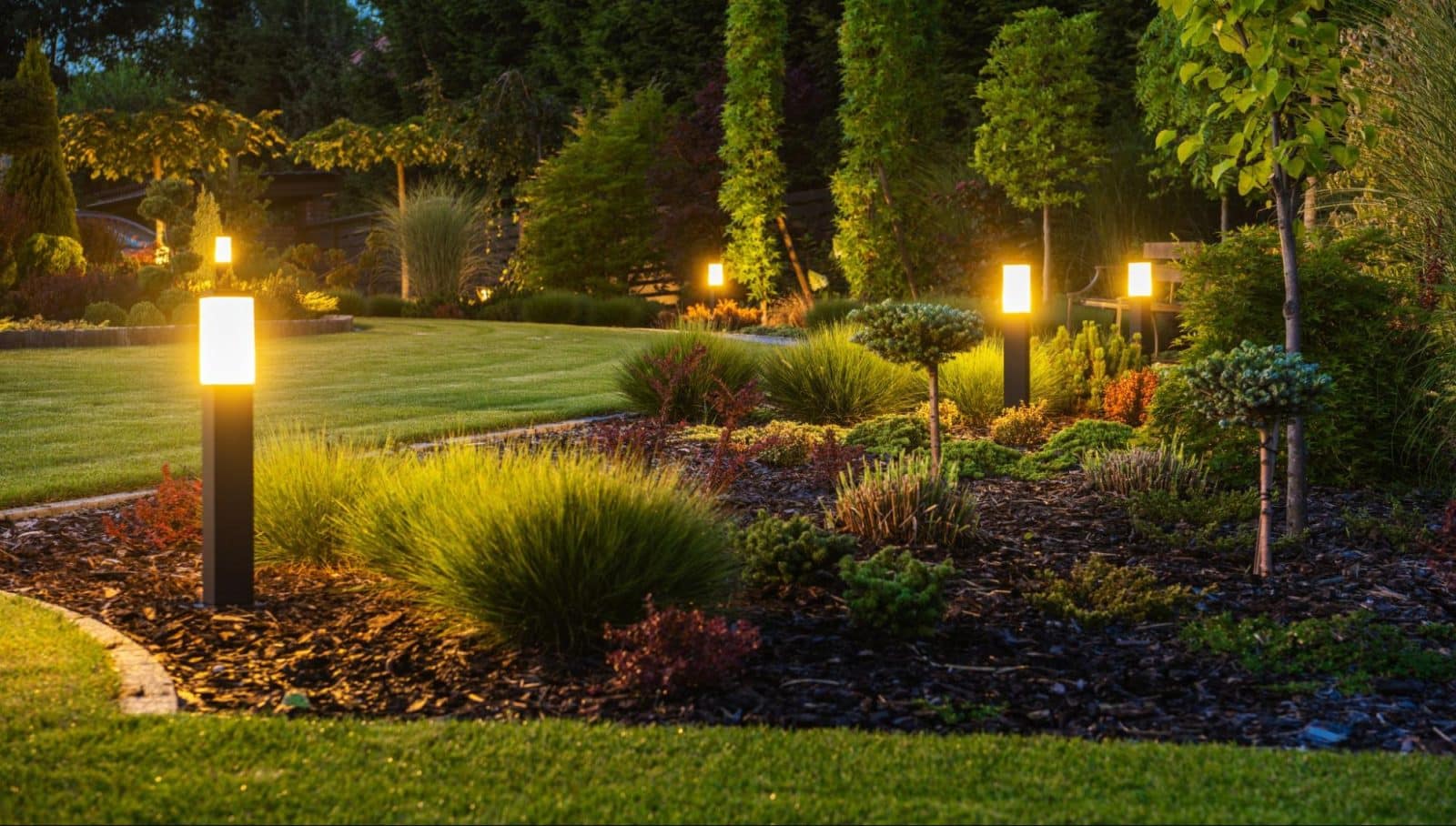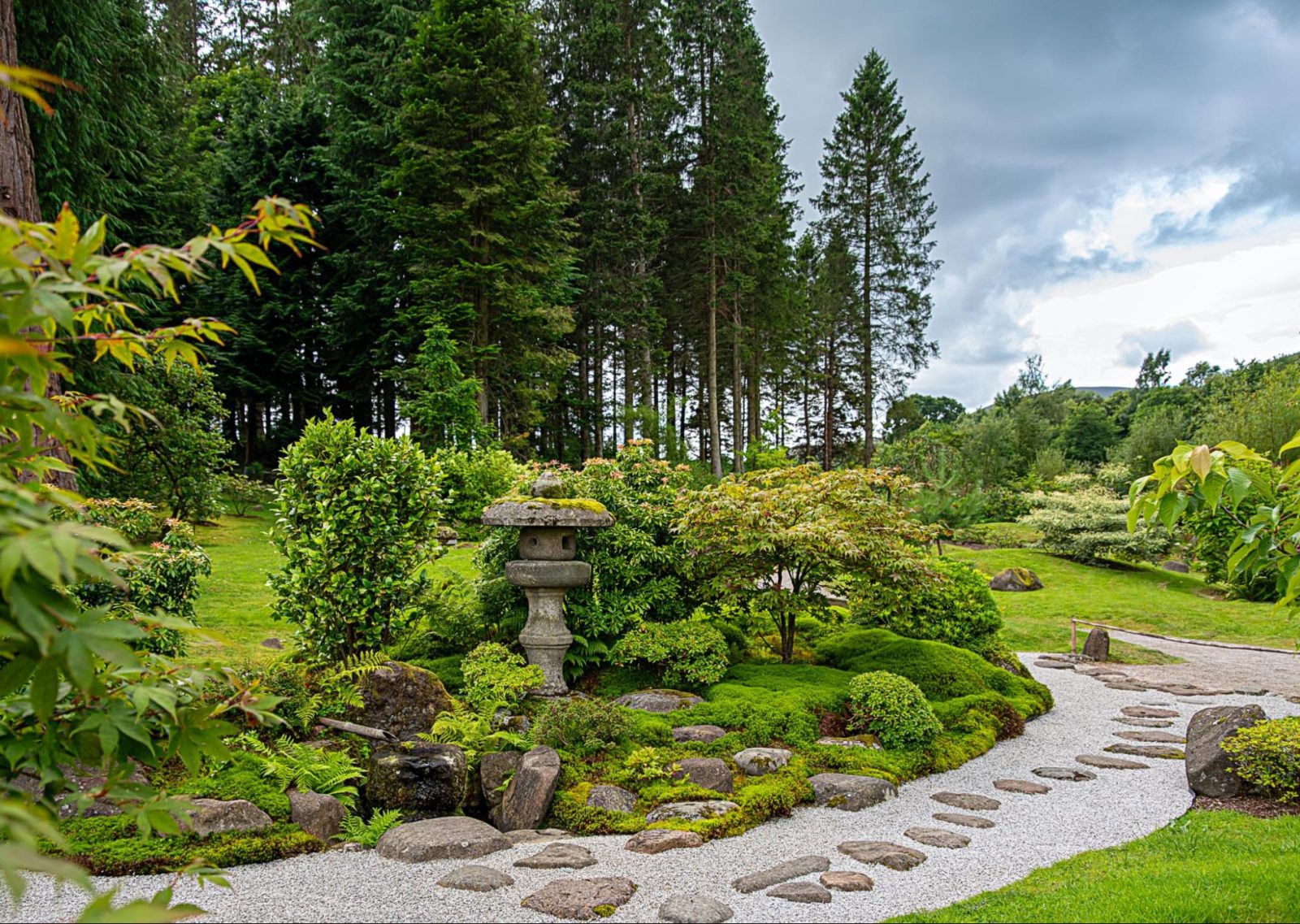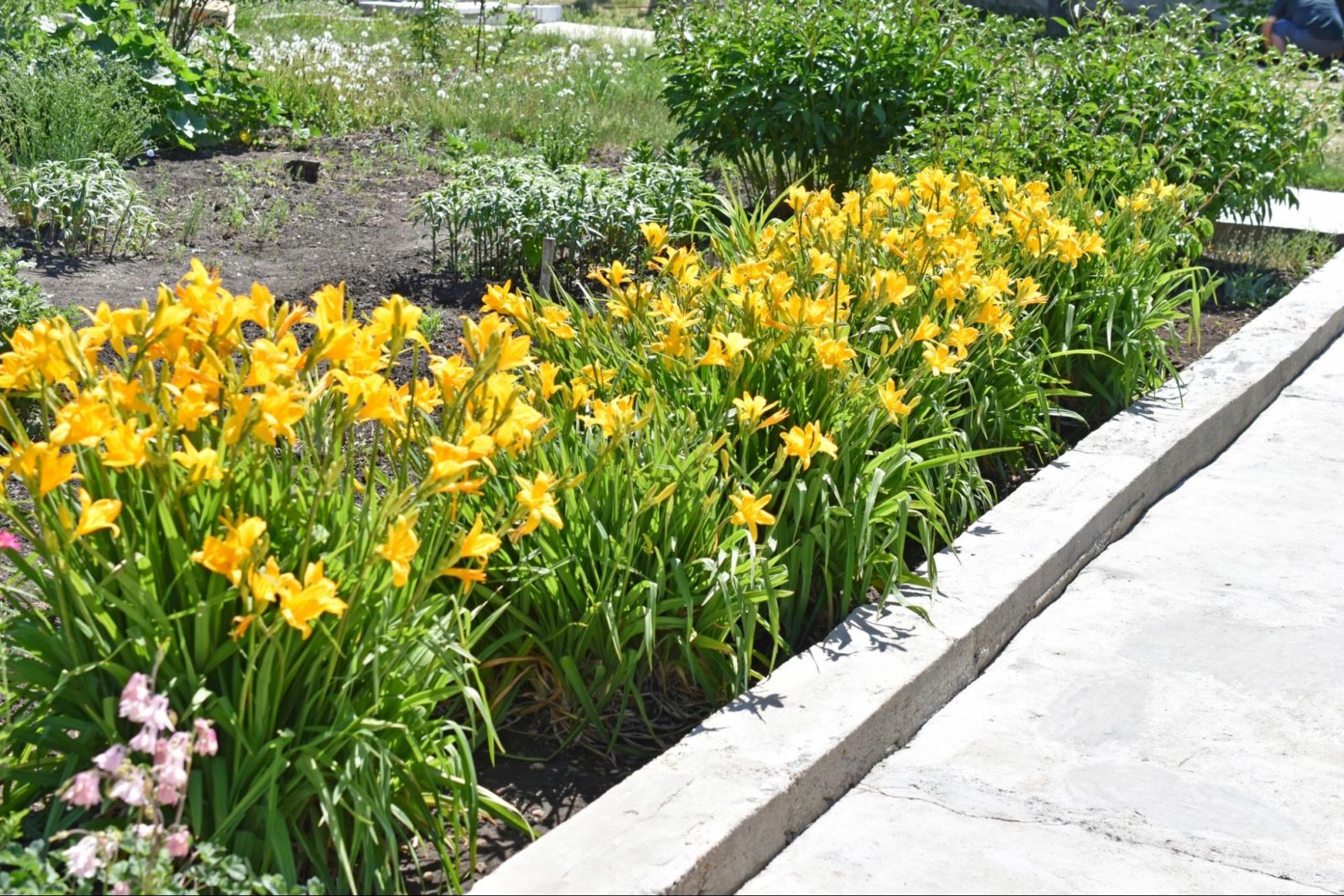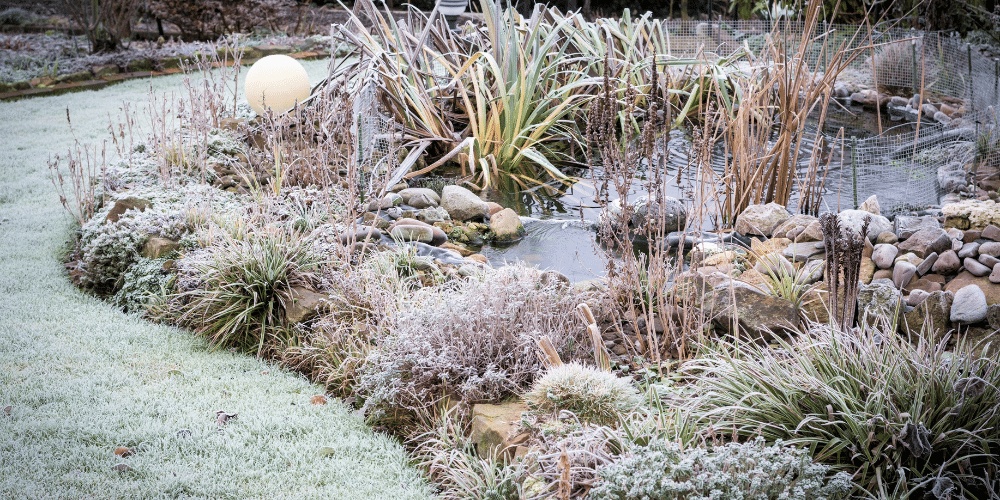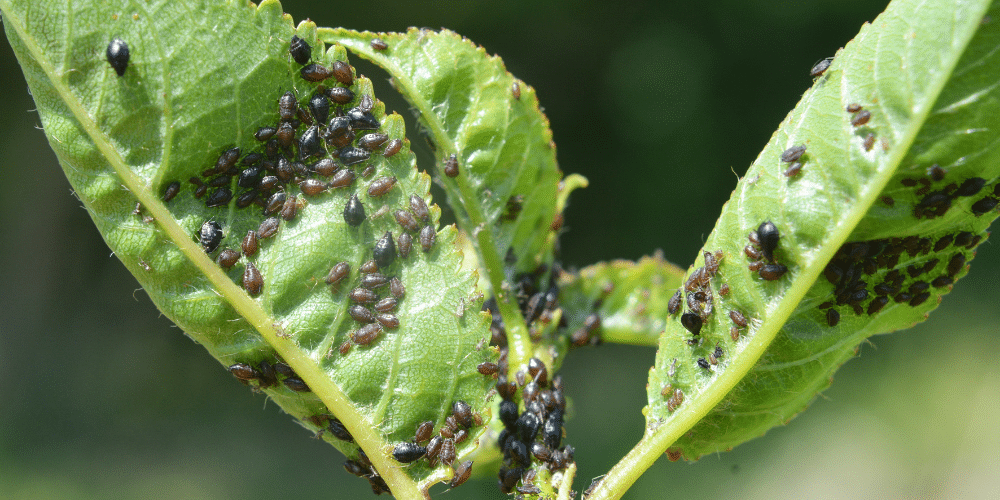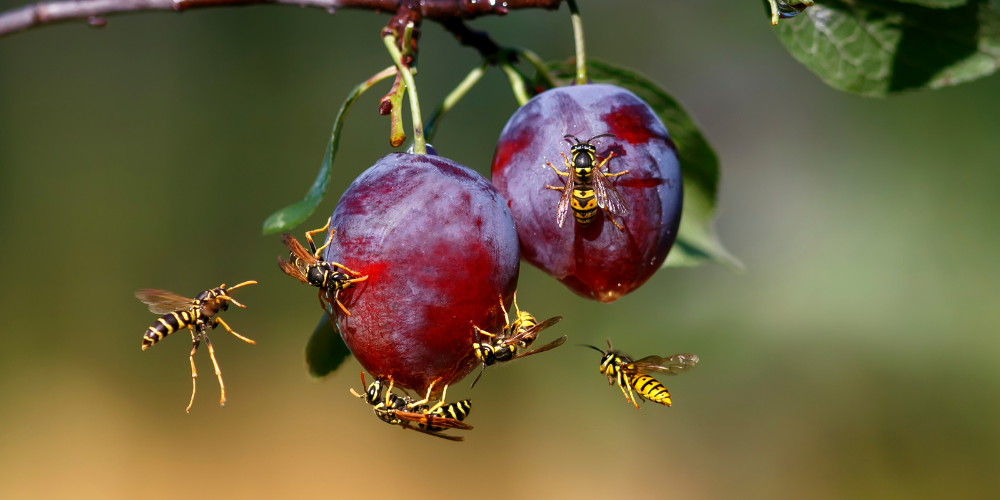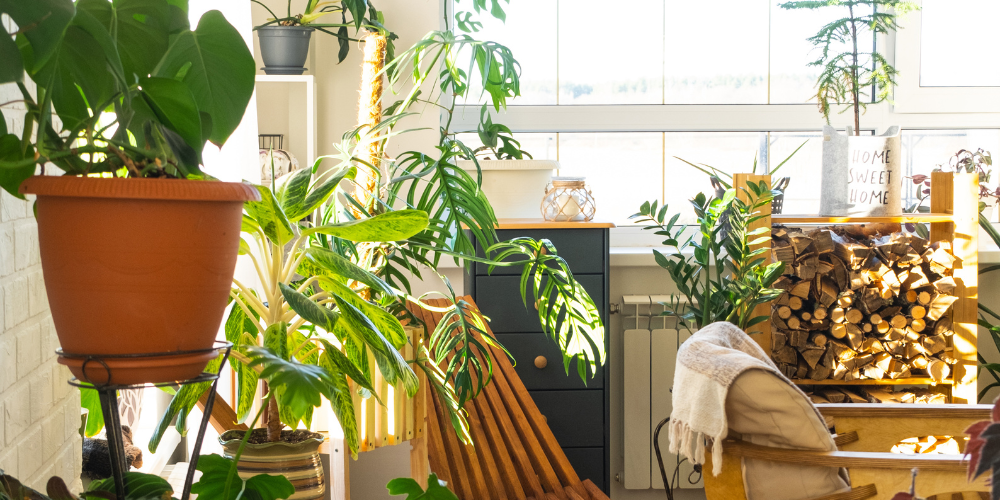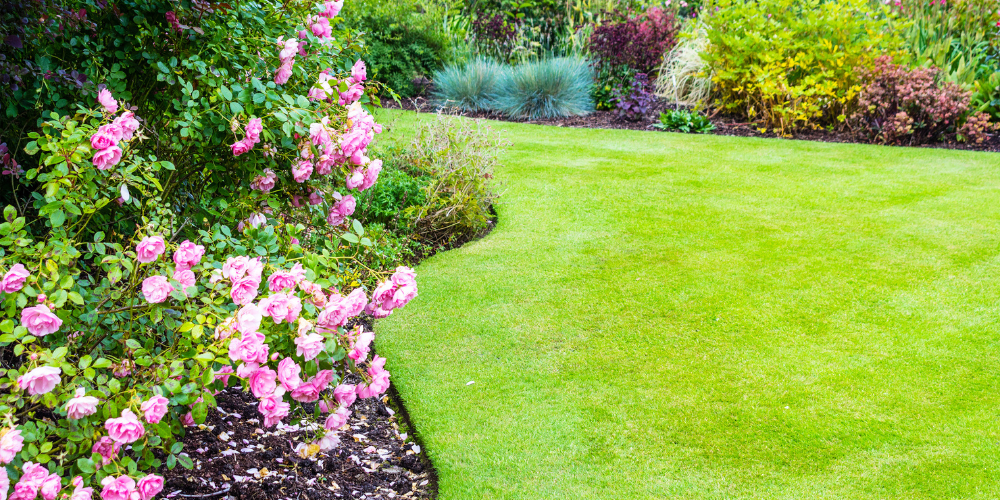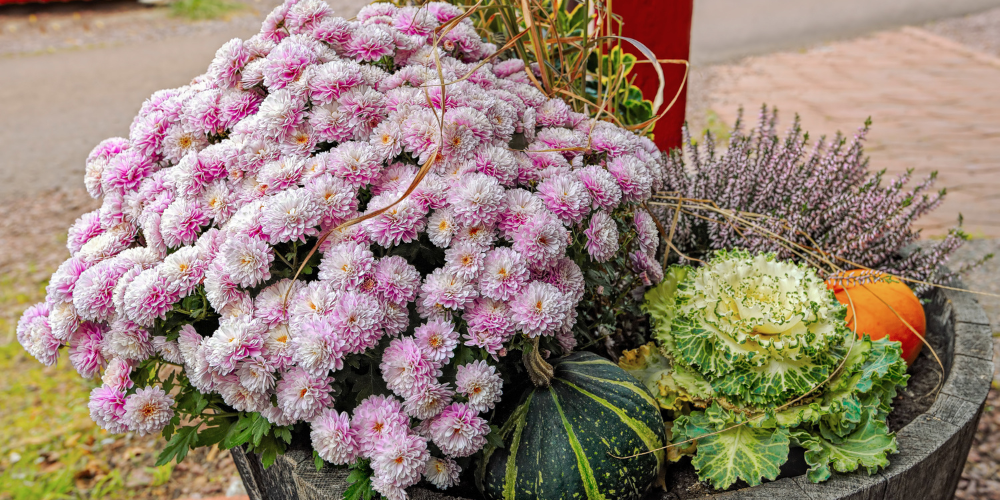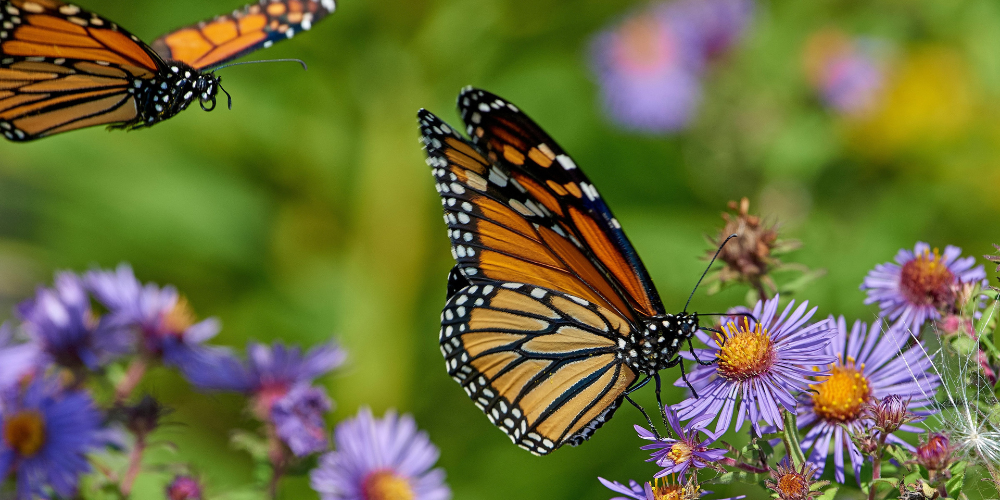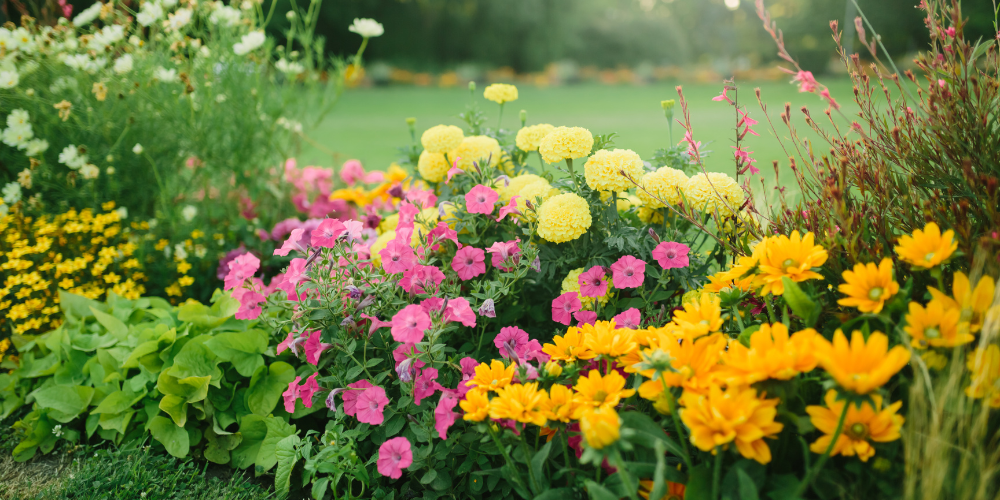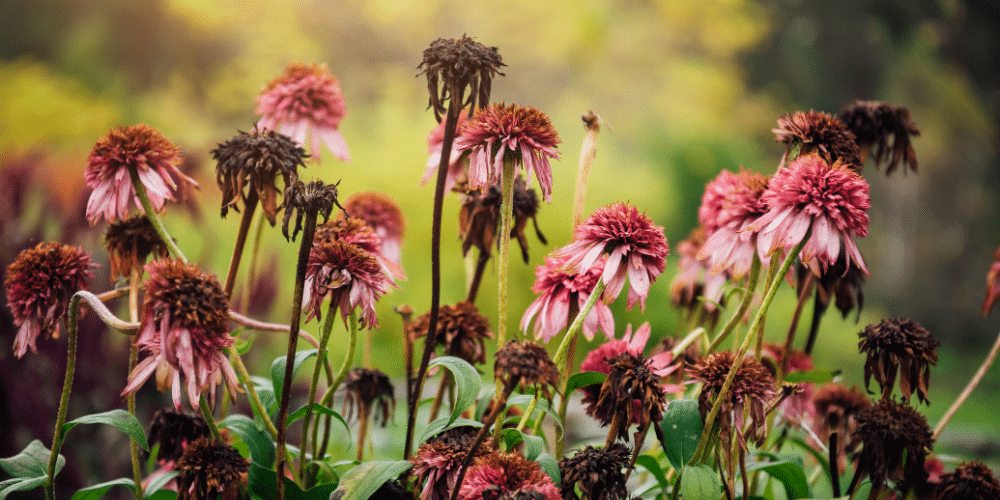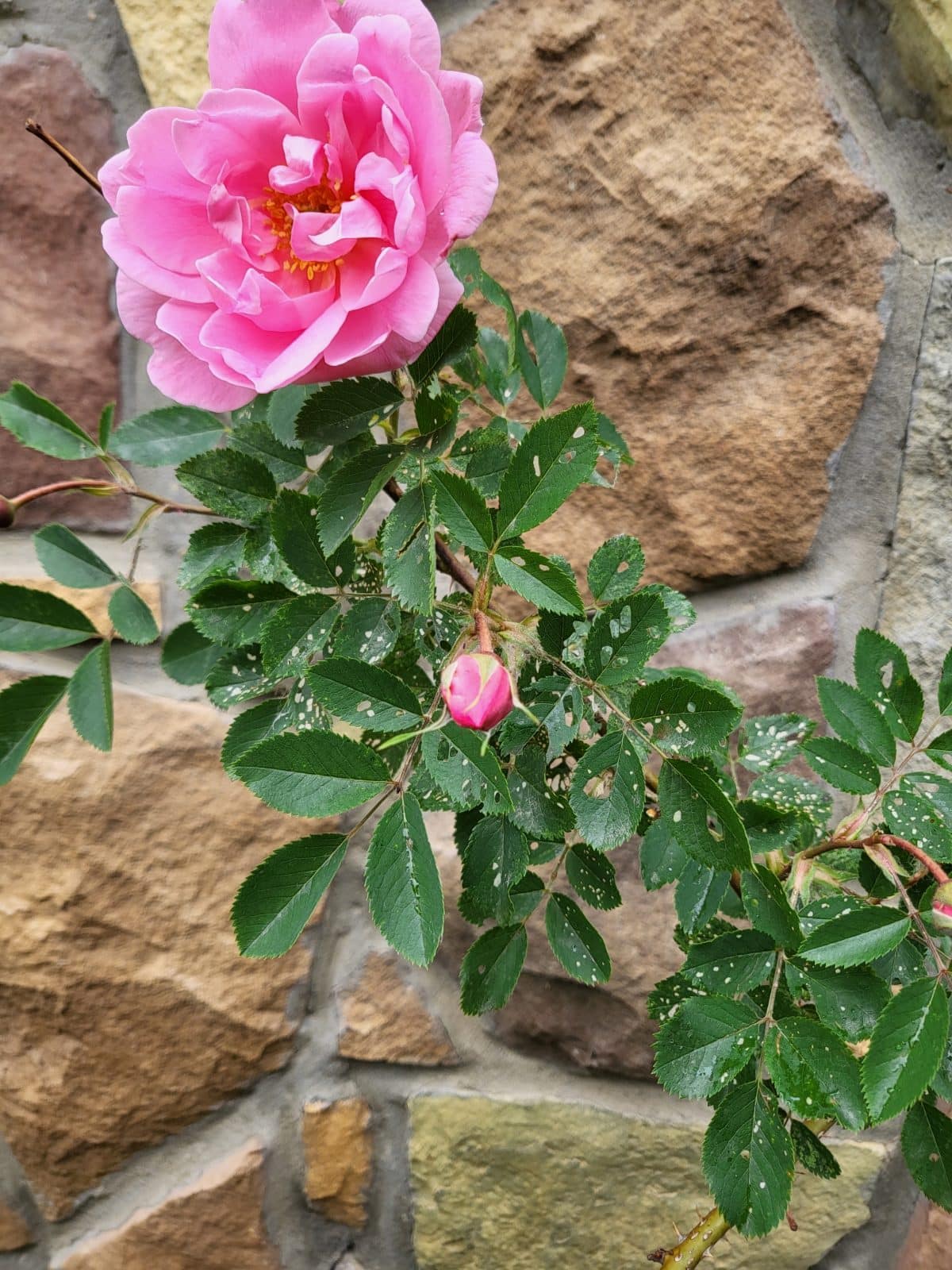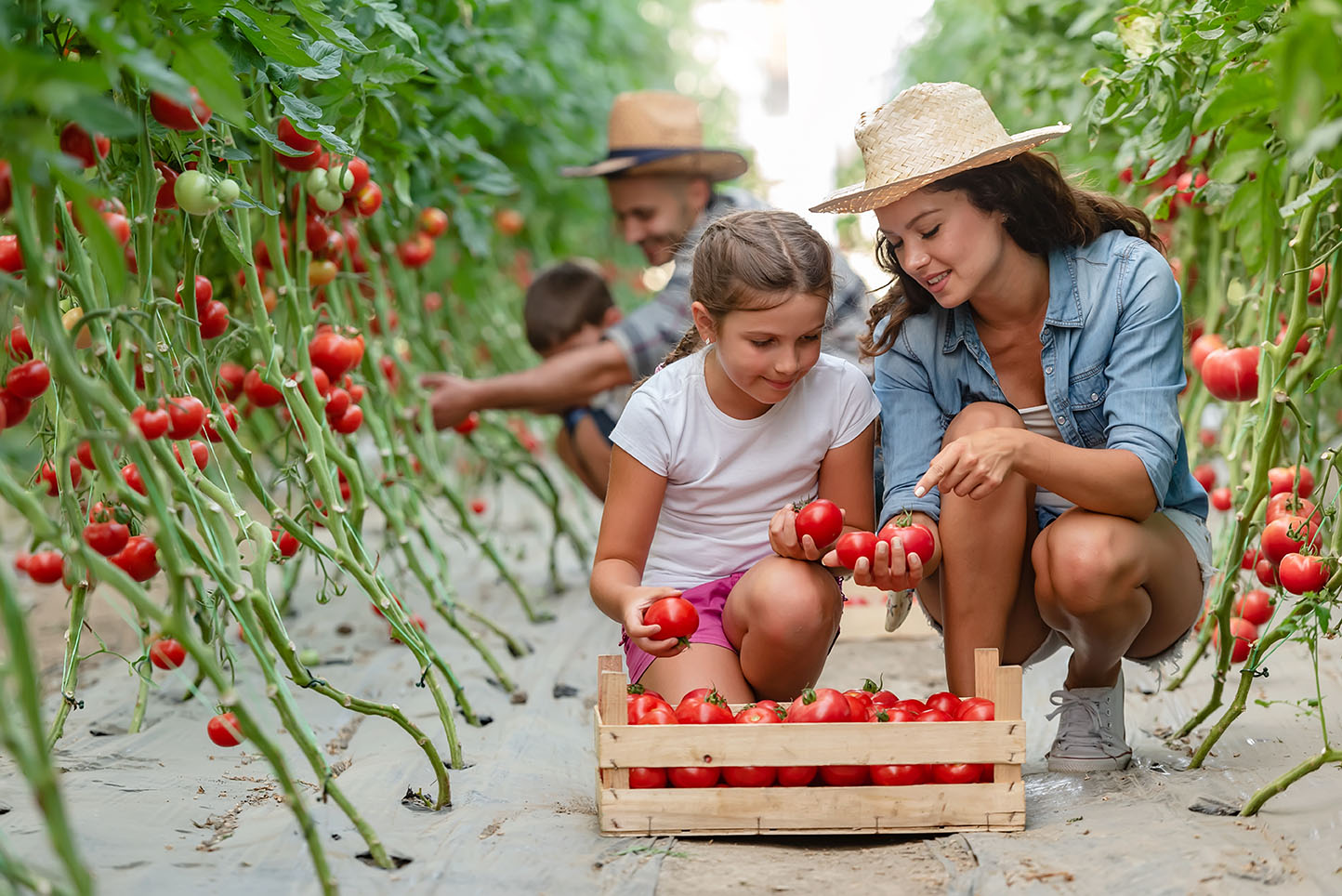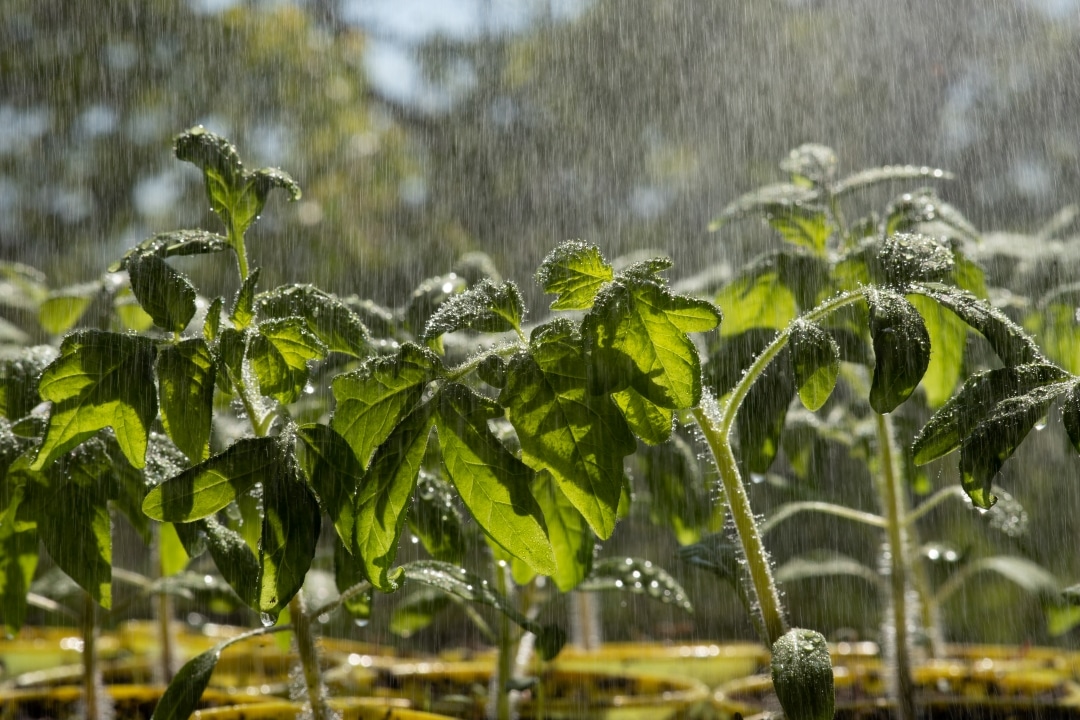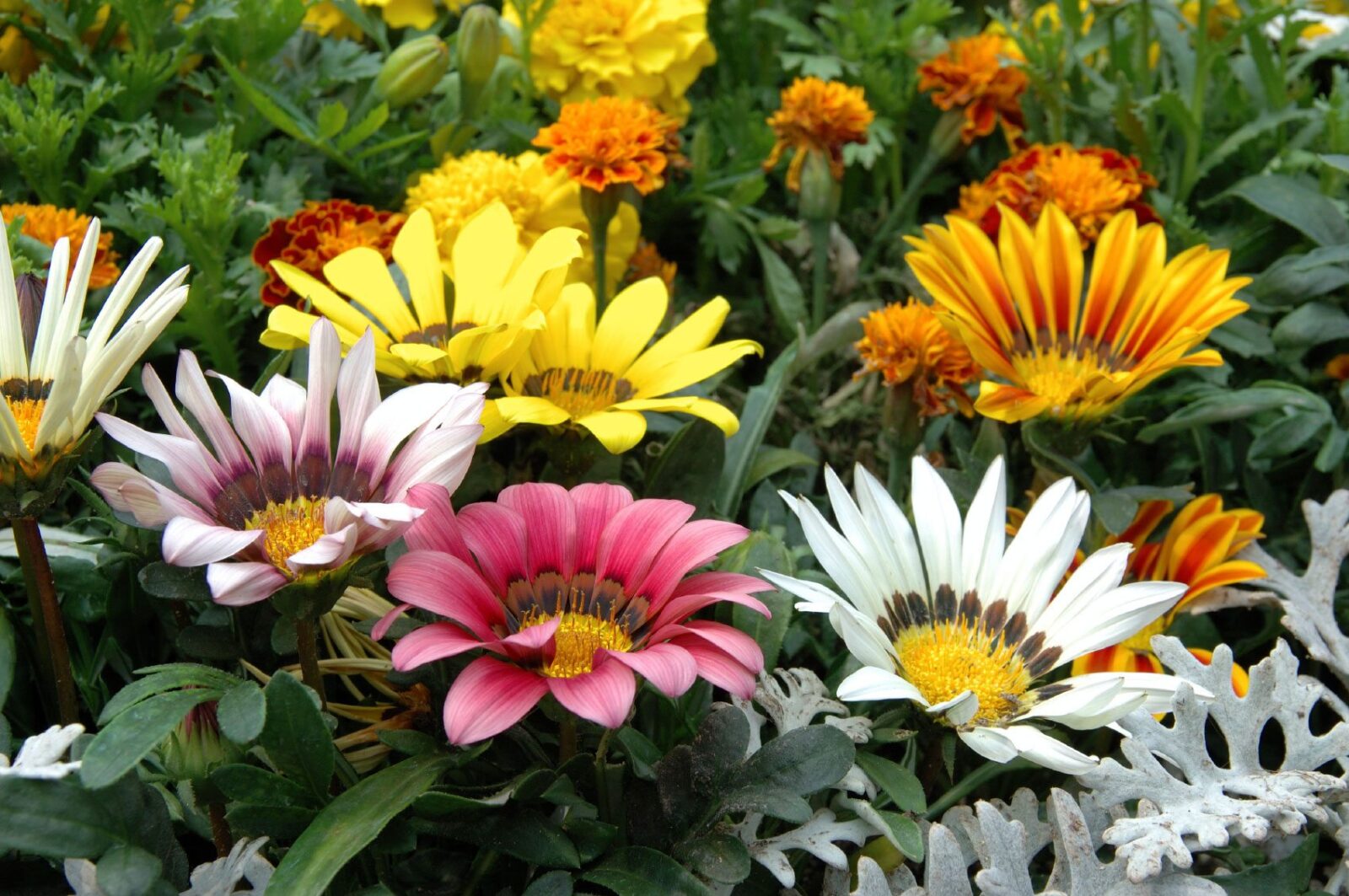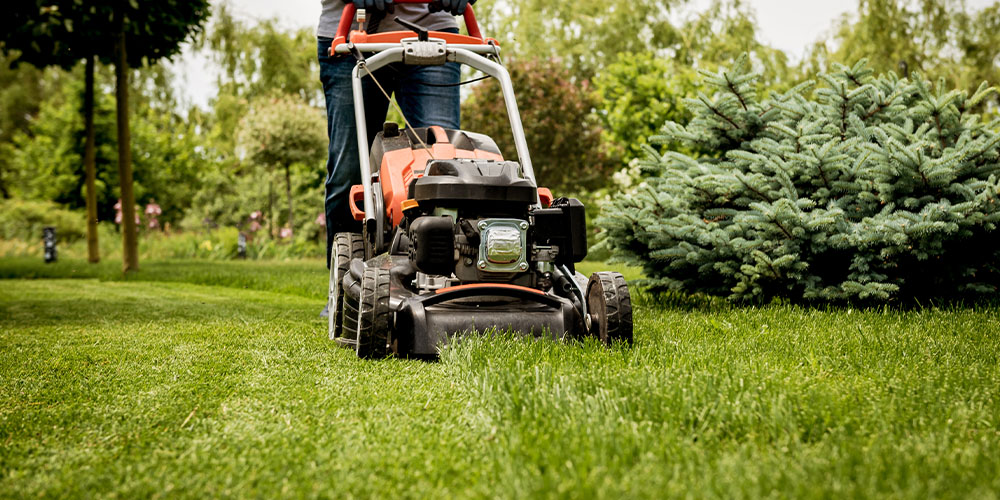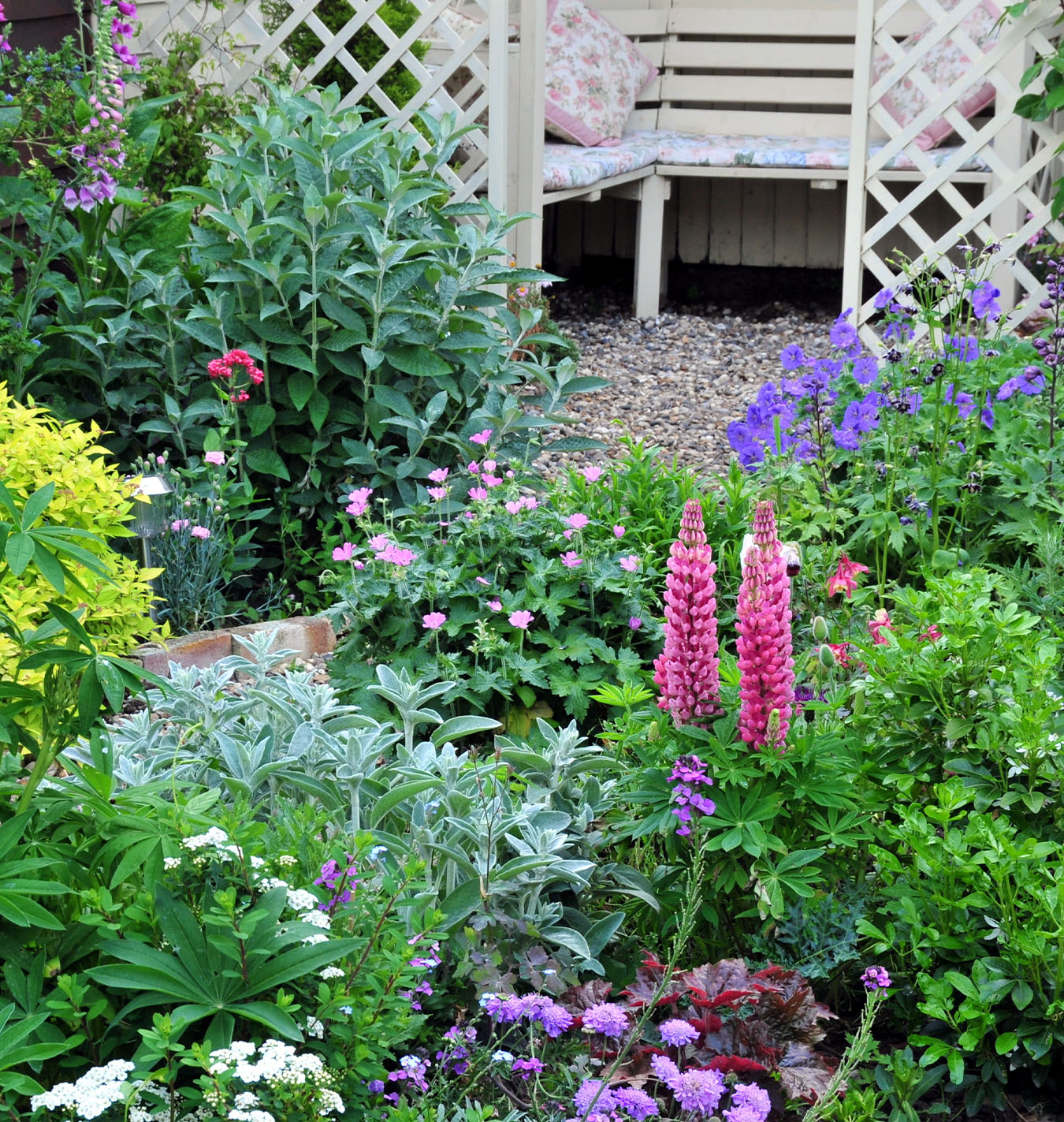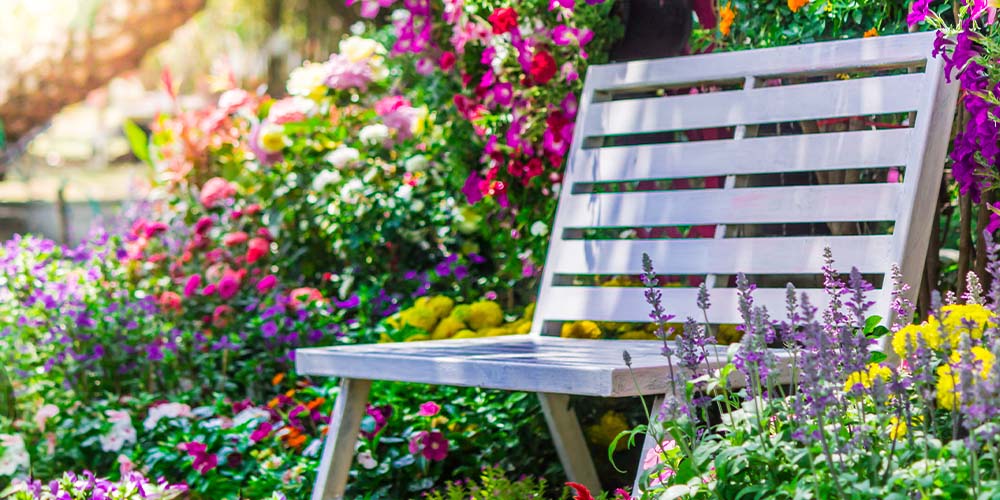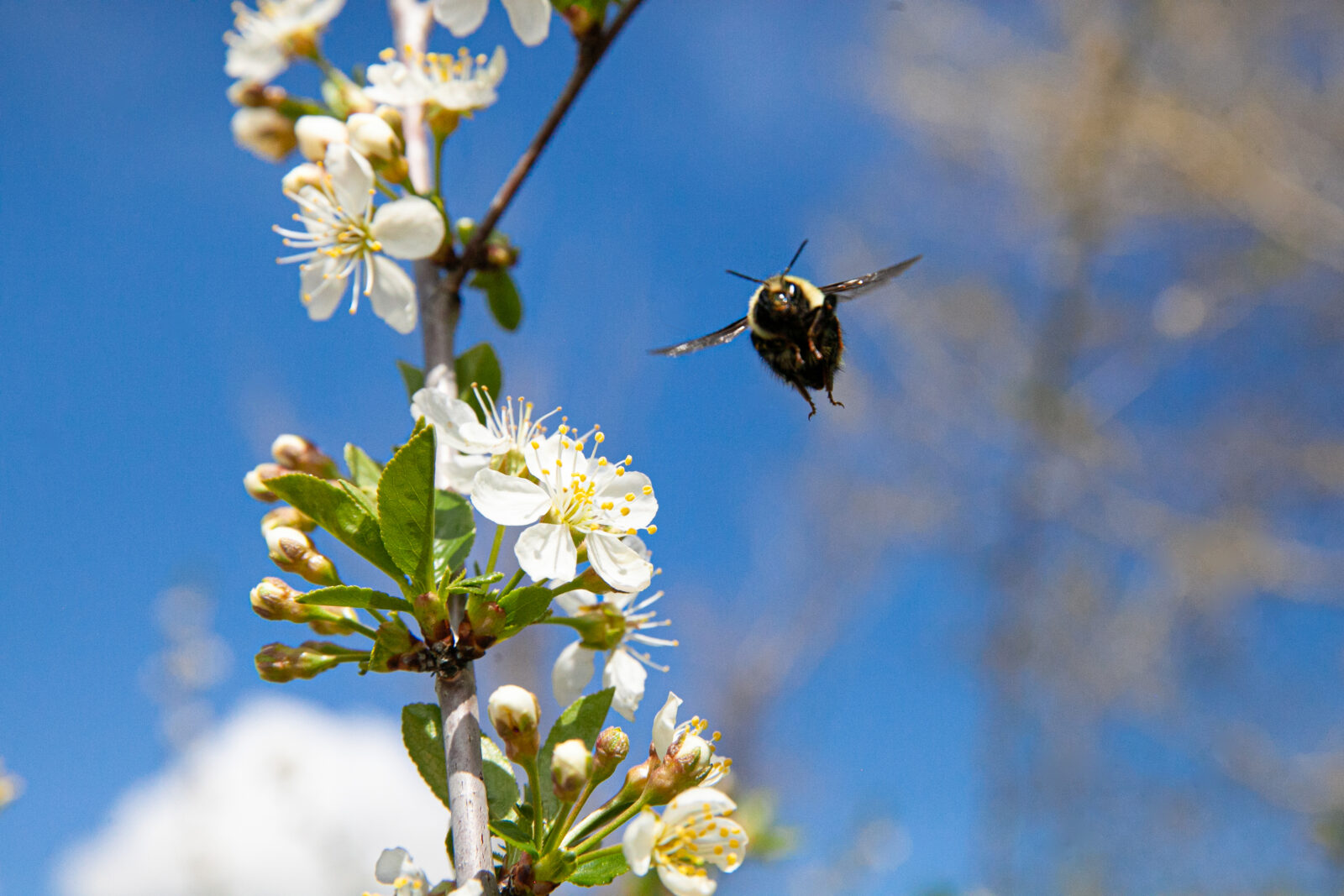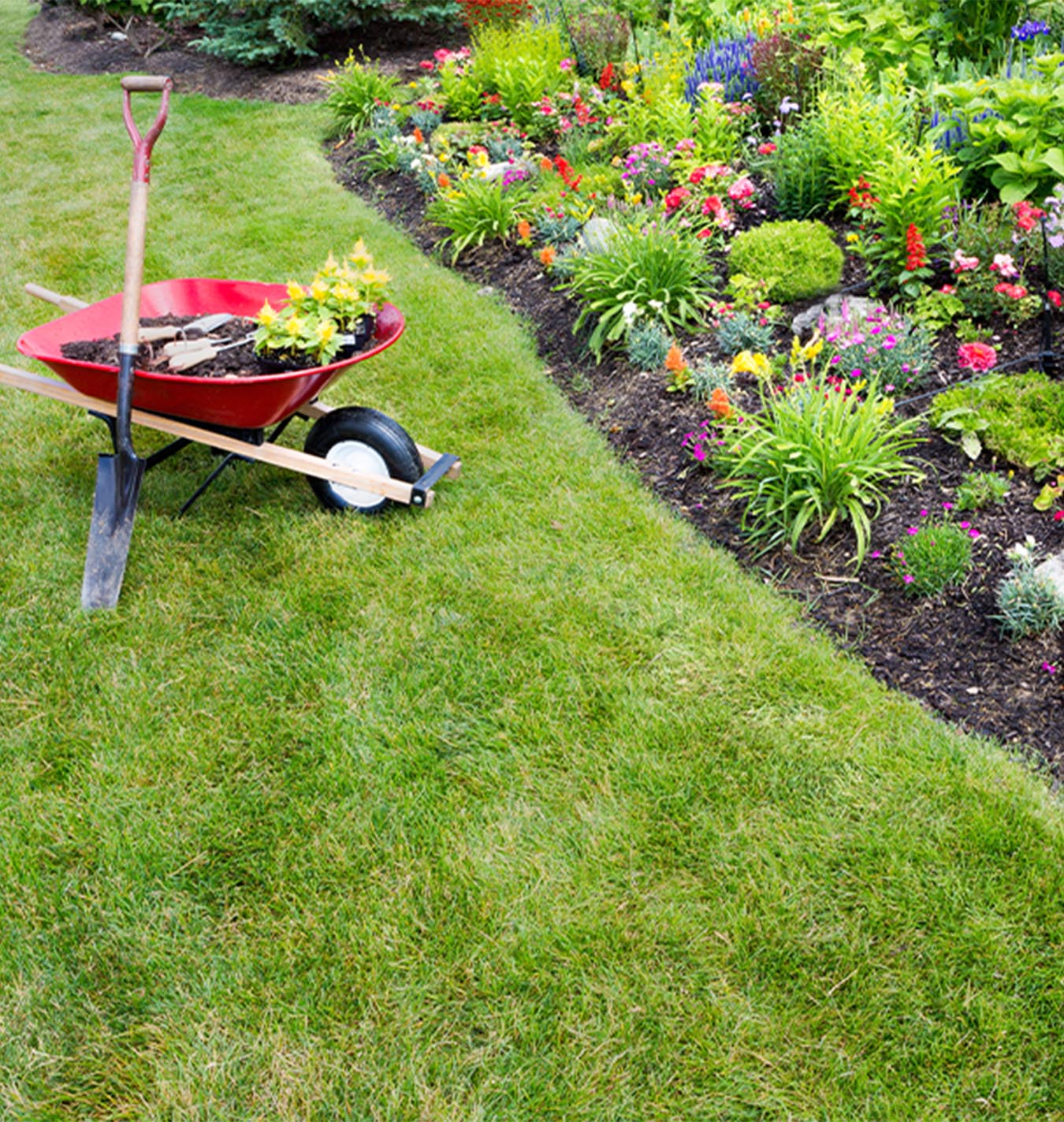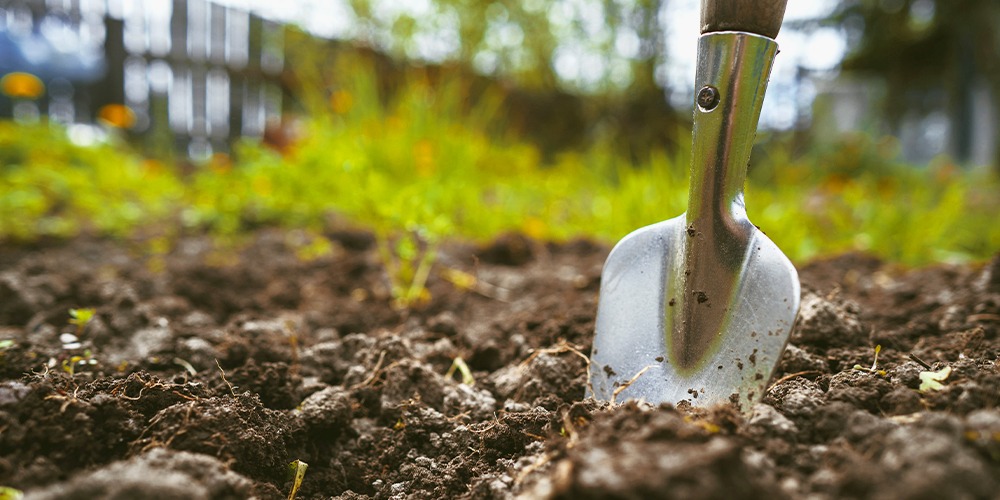
At the beginning of the season, the look of a fresh garden bed with a pristine layer of topsoil seems to promise another season of a thriving garden full of healthy plants. But are beds like this one truly the best environment for growing healthier plants? In this article, we discuss the growing trend of no-till gardening, what it means for soil health, and how to start in your own garden“”one of those gardening lessons we are certain you’ll be glad to be in the know about!
What is No-Till Gardening?
Before we can talk about no-till gardening, it’s important to define what it means to “˜till’ a garden. Like many gardening tactics, tillage is a practice that originates in agriculture, in which the soil surface is mechanically disturbed. On a farm, that might look like heavy machinery like a field cultivator, but on the average urban garden, tillage is typically done with tools like rakes, shovels, and hoes.
For a long time, it was believed that tilling the soil was beneficial in the sense that it would loosen the soil for seed planting, disrupt weeds, and aerate the soil. However, as our understanding of soil as an environment has evolved, some gardeners (and farmers, for that matter) are moving to a style of gardening that is minimally invasive to the soil biome. This concept is known as “˜no-till’ gardening, and it’s more of a philosophy on plant cultivation than it is a prescribed set of rules and tactics.
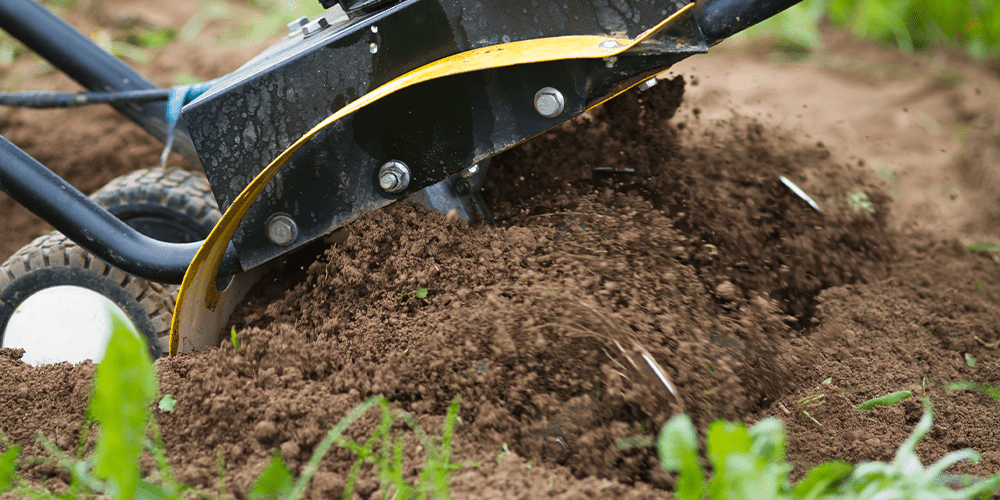
Why Gardeners Are Moving Away from Tillage
People who have been gardening the same way for years might be surprised at this idea, which contradicts a lot of contemporary beliefs about garden bed maintenance. So, before we start into the “how to” of no-till gardening, it’s important to understand this perspective and its many benefits.
Frequent tillage is highly disruptive to the soil structure, which leads to a steady decline in soil quality. In consequence, the soil is prone to the following issues:
- Erosion: The natural soil ecosystem prevents erosion by anchoring nutrient-rich topsoil in place with a layer of living and decaying organic matter. Tillage removes these anchors, allowing the topsoil to wash away.
- Weed Pressure: While tillage may temporarily control the weeds growing on the soil surface, it exposes dormant weed seeds to the elements and blends weed material (including roots and more seeds) into the soil, effectively worsening the problem.
- Loss of Soil Life: Soil is brimming with life””such as earthworms, insects, and microorganisms””that facilitate the ongoing fertility of our gardens by breaking down matter, promoting nitrogen fixation, and many other crucial tasks. When we till the soil, these organisms can become exposed to surface conditions that are not conducive to survival.
- Compaction: While it may seem that tillage is de-compacting the soil, it’s actually causing the soil surface to dry out and destroys the structure of the soil layers. This leads to soil that quickly develops drainage issues.
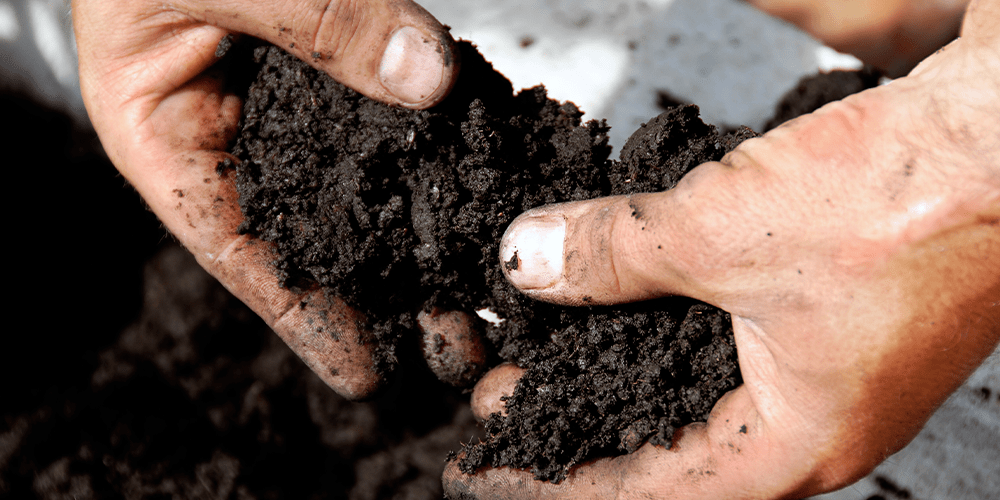
Benefits of No-Till Gardening
Given the many drawbacks of tillage, adopting no-till practises has myriad benefits for the garden and the gardener. Among them:
- It mimics the natural state of the soil: Plants and organisms have evolved over millennia to thrive when undisturbed.
- It promotes a focus on soil health: Rather than tillage, which asks “what should I remove from the soil,” no-till gardening asks us to reconsider what we add to it; ideally, layers of organic matter that build the soil up over time.
- It conserves water: Undisturbed soil is much more efficient at retaining water and requires less irrigation, versus cultivated beds which need regular watering.
- It’s easier on the gardener: Manual tillage is hard labour! Adopting no-till methods save you time and are much easier on your body.
Till vs. No-Till Gardening Methods
So, how can you start no-till gardening? Fortunately, you don’t have to reinvent the wheel when it comes to your annual garden maintenance. Here are a few tasks that utilize tillage and their no-till alternatives. You can start by adopting just one, or try them all at once.
| Till Method | No-Till Method |
|---|---|
| Using a hoe, shovel, or rototiller to prepare your garden beds | Leaving the soil undisturbed except the immediate planting area |
| Cultivating the soil to break up weeds and applying herbicide | Planting green cover crops (such as clover, beans, peas, and buckwheat) to outcompete weeds |
| Breaking up the soil and mixing in synthetic fertilizer | Adding a layer of organic matter on top of the Soil, such as compost, well-rotted manure, leaf mold, or grass clippings |
| Clearing the soil surface of fallen leaves and planting your tomatoes | Clearing only enough space to plant your tomatoes and leaving the fallen leaves in-place |
| Pull up all spent garden plants at the end of the season and blend compost into the disturbed soil | Chop spent plants just above the soil line, remove only diseased material, and cover the area with a few inches of organic matter |
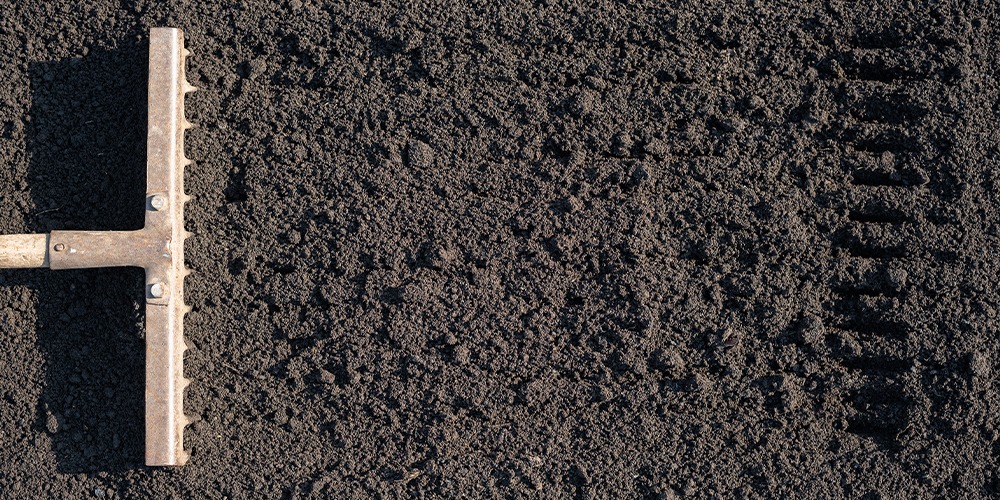
When Not to Go No-Till
There are a few instances in which no-till gardening may not be the most appropriate way to start the season.
- Root vegetables, like carrots and potatoes, require a fair amount of space below the surface in order to grow to a desirable size. Starting with fresh soil devoid of competing root systems will support a better harvest.
- Container gardens are artificial environments that aren’t compatible with no-till methods. Potting medium should be replaced annually, as containers are closed environments that don’t allow for the exchange of soil life, water, and nutrients with the surrounding area.
While we may know tillage as a time-tested traditional method, no-till gardening is as old as the Earth itself. As we seek to grow more sustainable gardens and eco-friendly outdoor spaces, it’s to our benefit to embrace the self-regulation of the natural world. Your garden beds may not look as manicured and pristine as your grandmother’s before you, but the soil below will remain healthy and fertile for generations to come.
For more information on no-till gardening and other sustainable methods, chat with our experts at one of our garden centres in the Edmonton area.


